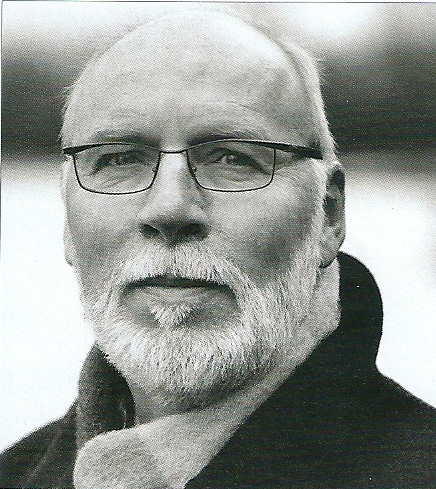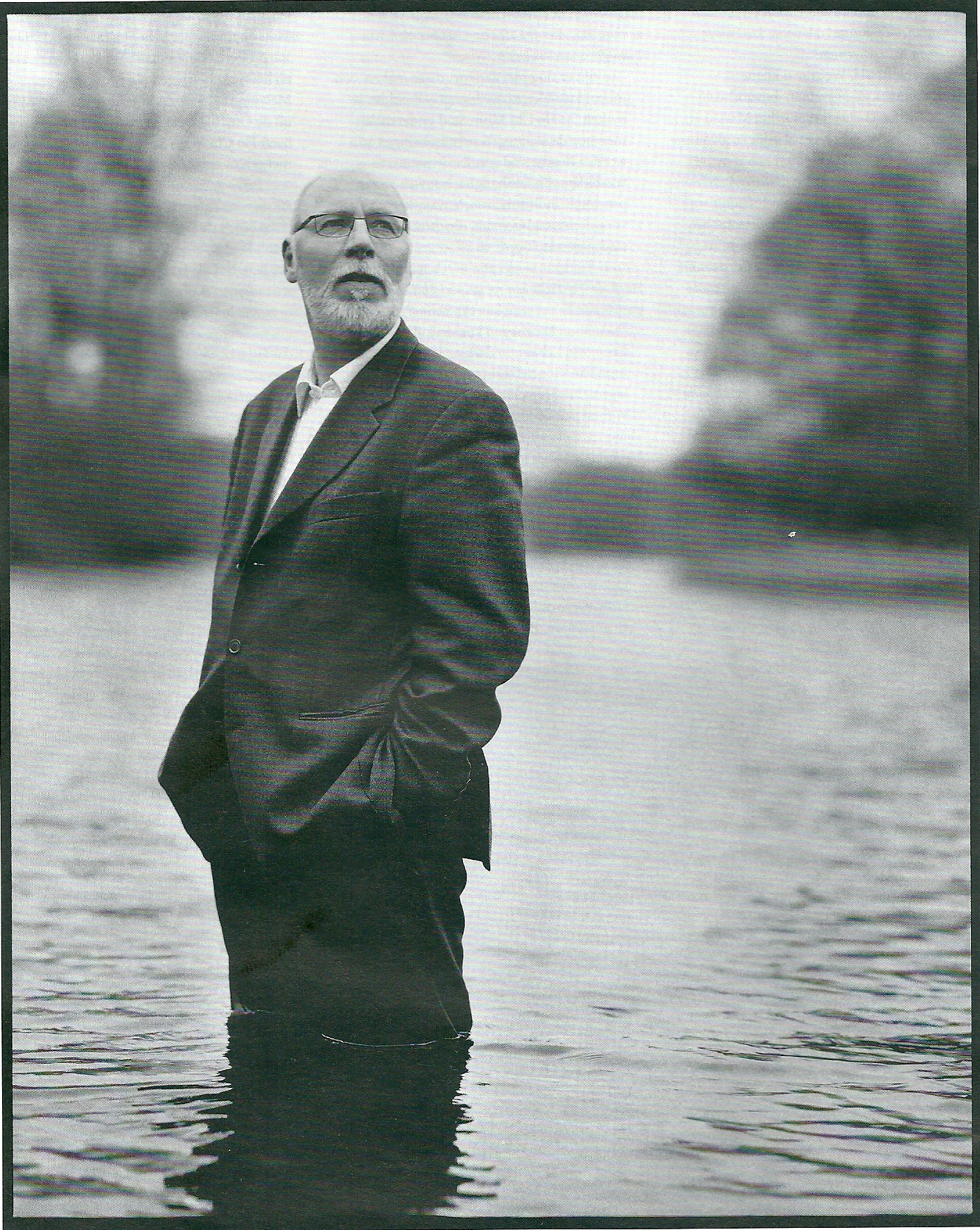
The Sand Engine, a localized mega-nourishment on the South Holland coast, completed summer 2011 and being monitored with our jetski NEMO Check out the website Click here or see the interview with my PhD's Matthieu de Schipper and Sierd de Vries Check out in English, no pictures though Click here or in Dutch with pictures! Check out the website Click here
International and national (Sand Engine) developments addressed in a Delft University of Technology interview, see the interview Check out in English, no pictures though Click here or in Dutch with pictures! Check out the website Click here
Looking for scholarships? Check out the EU Scholarship Portal Click here.
Die Zeit 2009: "Klimawandel an der Kuste" Click here.
Rapport Delta Commissie is uit op 3 september 2008 (Report is also online in English, including English versions of the documentary reports: See report and the KNMI response Click here. Also see Nature Geoscience Click here.
Delft University of Technology's Jetski is operational: "Jetski NEMO in action" Click here. For more information: see under tab Nemo jetski.
Fifth cohort started academic year 2011-2012, new application just awarded, starting academic year 2013-2014: Erasmus Mundus International MSc course in Coastal and Marine Engineering and Management Click here for information.
Cobouw (11 November, 2007): "Onrust aan de kust" Click here.
Media attention on flooding: See Water Dossiers on Website Delft Water Research Centre Click here.
Le Monde (April 3, 2007): "On ne pourra reussir qu'en travaillant avec la nature" Click here.
Appeared 2004: Society and Sea Level Rise Requires Modelling Science published dEbate response by R.J. Nicholls and M.J.F. Stive.
Appeared 2004: How important is global warming for coastal erosion? Climatic Change (download here).
Volkskrant (3 Maart, 2003): "Gouden woorden" Click here.
Appeared 2003 in Science: "Sandbars in Motion" by Marcel J.F. Stive and Ad J.H.M. Reniers is available via this link! Click here for the summmary. Click here for the full text.

|
|
|
| Until 2010 Prof. Marcel J.F. Stive was Scientific Director of the Water Research Centre Delft, which is now embedded in the Delft Research Initiative Environment, holds the Chair of Coastal Engineering in the Section of Hydraulic Engineering and also now the Department Chair of Hydraulic Engineering. His special interest is into: The systematic study of landforms and their origin is known as geomorphology. Within this study of landforms, the Section Hydraulic Engineering is specialized in the study of features of alluvial sediment which are shaped by the action of water along coasts, in estuaries and in rivers. This is the field of coastal, estuarine and fluvial morphology, which is covered by the chairs of Prof. Marcel J.F. Stive (focus on coasts and estuaries) and Prof. Huib. J. de Vriend (focus on rivers and estuaries) respectively. The morphological features cover a wide range of scales, from small ripples and larger bars to entire coasts, estuaries and rivers. Morphodynamics concerns the ongoing evolution of morphological features due to the, generally nonlinear, interaction between these features and the forcing hydrodynamic conditions, together with climatic, geological, biological and anthropogenic conditions. Sediment transport is the central process in causing morphological change. The effective transports may be directly linked to the magnitudes of the forcing conditions, but they may also be net transports which result from subtle, often small residuals connected to large to-and-fro movements due to, for instance, tidal flow fluctuations, low-frequency flow fluctuations (flow instabilities, wave-group related long-waves) and high-frequency (short-wave) flow fluctuations. Due to the nonlinear interactions and associated feedback, morphodynamic response is often not only directly related to the energetic forcing frequencies (forced behaviour), but exhibits also free behaviour (apparently or effectively unrelated to the energetic forcing frequencies). The morphodynamic response scales of sedimentary features display such variability that seldom all features can attain an equilibrium state (even in a dynamic sense) in response to the forcing conditions. As a result, the overall morphological system may remain in a continuous transient state. |